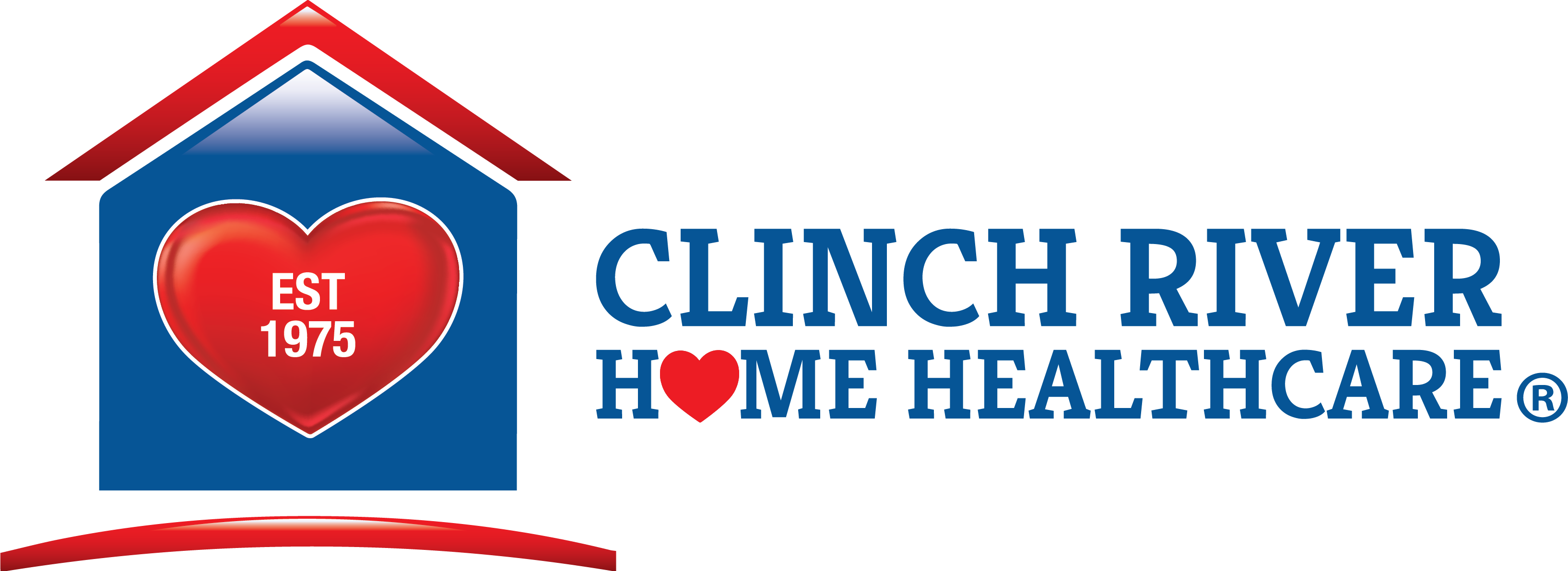File for Employee Benefits
The EEOICPA Program is designed to ensure that former energy workers who suffer an illness covered by EEIOCPA receive the compensation they deserve. To file for employee benefits, you must complete the application form titled “Employee Claim for Benefits under the EEOICPA” (form EE-1). You must also complete the “Employment History” (form (EE-3) form and supporting medical and employment documentation. You can submit your claim form via the Energy Document Portal, a DEEOIC Resource Center, or mail.

File for Survivor Benefits
If you are filing for survivor benefits, you must complete the application form titled “Survivor Claim for Benefits under the EEOICPA” (form EE-2). You must also complete the form titled “Employment History” (form EE-3) and include any copies of supporting medical, employment, and survivor documentation along with your application. You can submit your claim form via the Energy Document Portal, a DEEOIC Resource Center, or mail.
The Address to submit a claim is:
U.S. Department of Labor OWCP/DEEOIC
P.O. Box 8306
London, KY 40742-8306
Seek Assistance if You Need Help
1) Special Exposure Cohort
You qualify for a special exposure cohort (SEC). In order to qualify for the special exposure cohort, you must meet all of the following conditions.
Condition 1)
You worked as a Department of Energy employee (or preceding agencies), DoE contractor, or subcontractor at a covered facility.
Condition 2)
You worked between the facilities covered dates (varies by facility)
Condition 3)
You worked within the parameters established for one or more other classes of employees in the Special Exposure Cohort for at least 250 days.
Condition 4)
You have been diagnosed with one of the covered illnesses.
2) Dose Reconstruction
Dose reconstruction to determine the likelihood that illness was caused by radiation exposure. Here’s how the process works:
NIOSH, National Institute for Occupational Safety and Health, uses personal exposure information from film badge readings, x-rays, urinalysis results, and incident reports. Also, if the exposure data is too limited, NIOSH will use technical documents, site profiles, and coworker data to determine eligibility, and then a physicist will complete the dose reconstruction.
Questionnaires are sent to claimants, who then submit their answers via telephone interviews. These interviews allow claimants to provide additional information about radiation exposure. After the interview, a written summary report is sent to the claimant for review and to make any necessary corrections or provide additional information.
After the phone interview, NIOSH analyzes and generates a dose reconstruction report. This report is sent to the claimant. The claimant then must sign and submit an OCAS-1 form, which permits the NIOSH to send the complete report to the DOL.
The DOL reviews the dose reconstruction report with additional medical and employment information to determine the probability that the condition was caused by occupational exposure.
If you need help filing for employee or survivor benefits, you can seek assistance from Clinch River or a DEEOIC Resource Center. They can provide you with information and guidance on how to file your claim and answer any questions you may have. They can also help you collect and submit relevant records, respond to information requests, and talk to co-workers to get affidavits.
